
The Native Plant Garden in Winter

Contributor
The floor of the Sacramento Valley is mostly flat agricultural land veined with a network of creeks, sloughs, levees, and dams, all constructed to collect and direct winter rainfall. Along such a slough is our one-acre private native garden, begun more than 15 years ago by myself, Patricia, and now enjoyed and managed in a wonderful partnership with Pat.
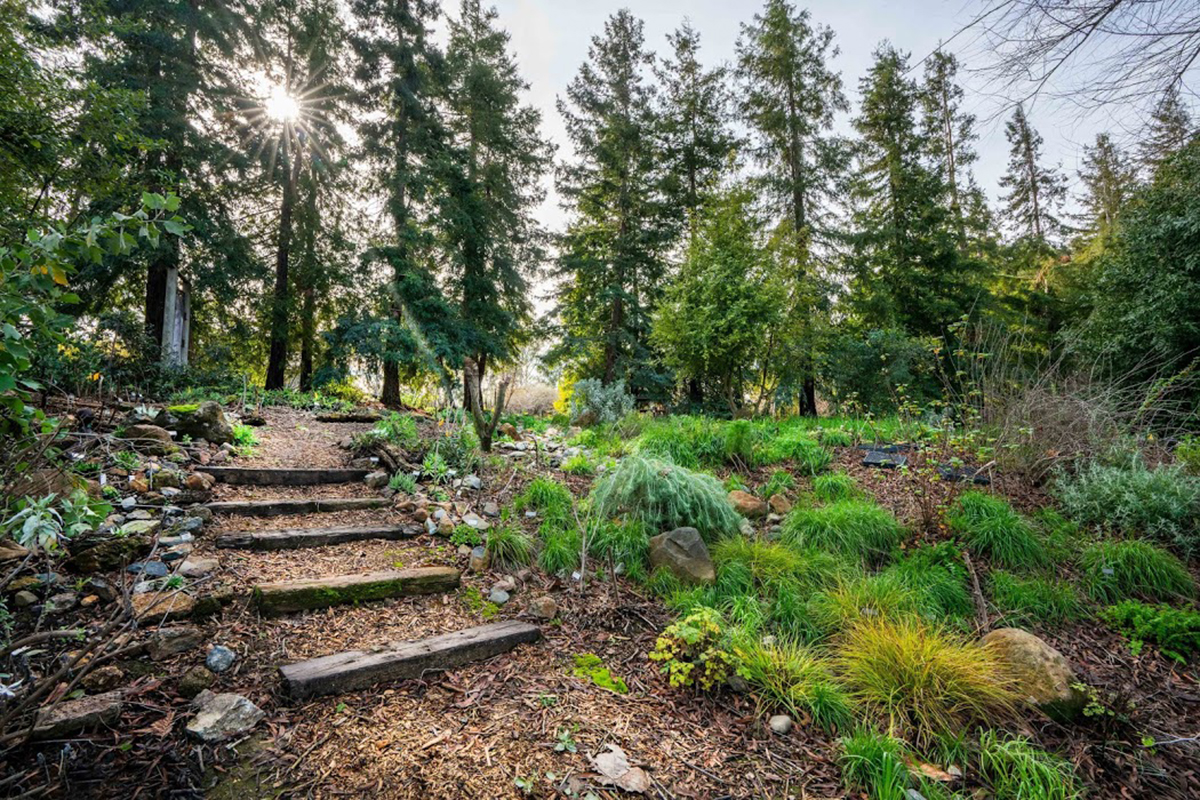
An Introduction to the Garden and Gardeners
The land, owned by a neighbor, is adjacent to my large, somewhat eclectic, residential garden. I have been a guerrilla gardener for almost 30 years in four countries, establishing 13 gardens so far on land that was not mine, sometimes with permission and sometimes not. If I see an unused piece of land, I just can’t help myself—and that is how the native garden started.
The garden areas are arranged by vegetation types found in nature. Plants are grouped by natural habitats—desert, coastal, foothill, riparian, oak woodland, valley grassland, and redwoods—in an attempt to mimic nature and encourage diversity. The garden is always a bit wild, but a managed wild.
My more than ten years as a docent for the native plant collection at the UC Davis Arboretum and Public Garden and Pat’s volunteering as a plant propagator have added to our knowledge of native plants. The garden has benefitted over time from the efforts of many students, neighbors, knowledgeable visitors, and especially, our dedicated interns. Pat started out as a dedicated intern in 2010, but the collaboration began almost ten years before, when I volunteered as a garden coordinator at the school where Pat taught science and ecology. We expanded the school garden, integrating it into the junior high curriculum in nearly all subjects.
California’s Five Seasons in the Central Valley
It is the changing of the five seasons on the slough that Pat and I most enjoy. These don’t exactly match the typical four seasons corresponding to the calendar. December and January, the mild brief winter, is the normal time for rains, resulting in a landscape that is green again. The seasons progress with early spring starting in February and extending into March. Wildflowers start to bloom and the many currants and gooseberries (Ribes) in the garden are the stars of the show. The transition into late spring is more like an explosion, with a riot of color during April and May. Every day there is something new to see, and it’s hard to keep up with the many changes. The sea of Brodiaea in multiple colors of white, purple and bicolor flowers signals the end of the season.
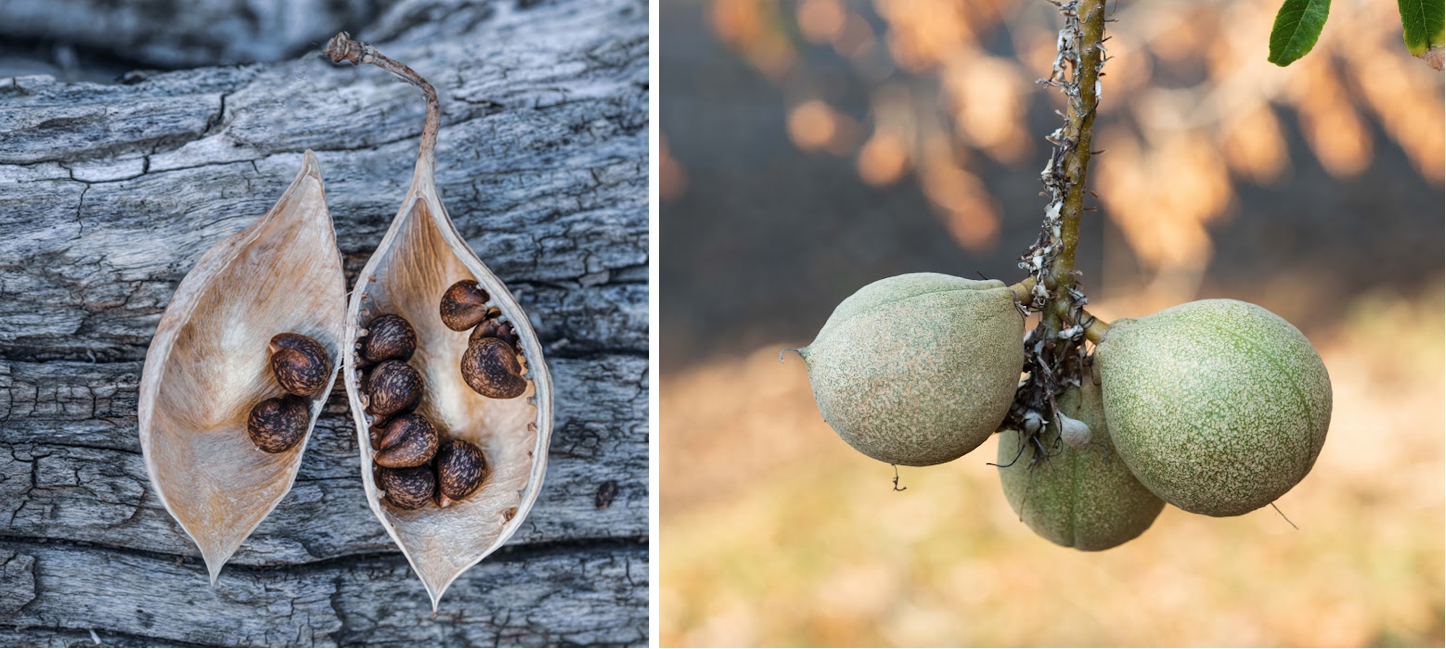
Right: California buckeye (Aesculus californica) seed pods in late summer. Credit: Beth Savidge
Slowly summer creeps forward, and sometime in June the color fades and the weather warms up fast. Summers are long, hot, and dry and linger through September. With no rain and little irrigation, plants either adapt or go summer dormant. The California buckeye (Aesculus californica) loses all its leaves and only the enormous seeds pods dangle. This is the season our desert area comes alive with blooms lasting into fall. The beautiful and showy desert willows are in bloom (Chilopsis linearifolia white and pink varieties). In summer, I tend to visit the garden in the very early morning when it is cool or in the evening, joining my husband, Tim, to watch the sunset from a bridge across the slough.
The season of renewal starts in the fall, not the spring, mostly October and November. As the temperatures cool, many plants show new life. The California poppies produce green tufts and many shrubs produce new leaves. The surrounding crops have been harvested, so the slough starts drying and interesting animal prints appear crisscrossing the muddy bottom. Fall is my favorite season! I love the colors in the riparian areas and the crisp air.
The Winter Season
Pat and I both love winter. It’s the hopeful season with its own wonders. Foggy days lend a quiet and almost eerie calm and time to explore and discover the many fascinating fungi that pop up each year. I have tried to establish the delicious morel mushroom, encouraged by its appearance each year in a garden nearby, but so far without success.
There are many stages of decomposition and opportunities for fungal growth in this native garden. In the beginning, the garden received only a mulch of woodchips from tree companies, but now all healthy plants and prunings are left as well. As the garden matures, each year there are even more edited plants, woody branches, leaves, and logs that are used to line some paths or are tossed into piles. When woody shrubs are pruned, branches are chopped and left on the ground under the mother plant and some annuals and herbaceous perennials are just stomped to increase contact with the soil. We want to mimic nature where debris is not removed. This is less work for us and the organic matter remains on site to provide mulch and nutrients.
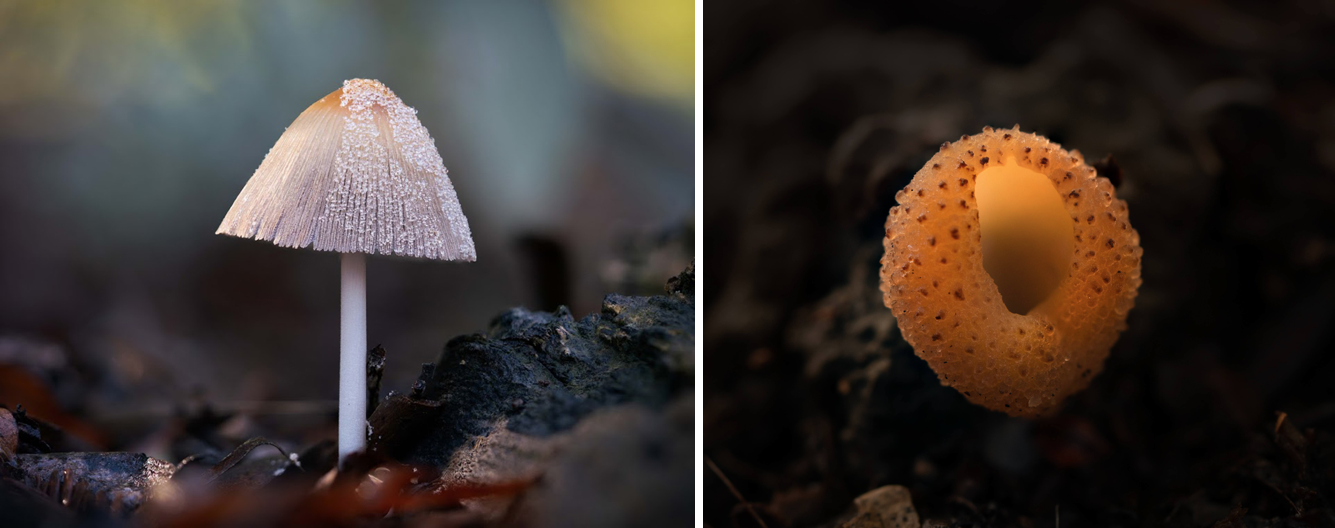
Right: Cup fungi appear regularly in our winter native garden. Credit: Beth Savidge
By chance, Beth Savidge, a professional photographer, found the garden in January 2020. When I told her about the diverse fungi she was hooked—and continues photographing both the gardens to date. The photography has been a highlight of the year for us! All of her photos are amazing, but the macro shots provide us a new perspective with which to view the gardens.
Beth is always trying to stump me with her artistic and creative images that often make it difficult for me to identify a plant, requiring an investigative walk.
In winter the frost is magical, and it’s is fun to visit the native garden at sunrise to see sparkling patterns on leaves and the glistening grasses. But a winter concern is the potential for floods; when it finally rains, the slough fills with water. A pre-existing swale in the valley grassland area fills and empties into our little Shly creek that then flows into the slough. Two interns helped me design and install the creek. Their initials were used in creating the name Shly, to honor all their work. In six of the past 15 years, usually in January, big rainfalls have resulted in floods. The slough becomes a lake, it overflows the banks and deposits mud wherever it flows. The bridges often flood and are impassable. In the end, it’s amazing the muddy mess disappears eventually after the water recedes; plants grow and green reappears with spring.
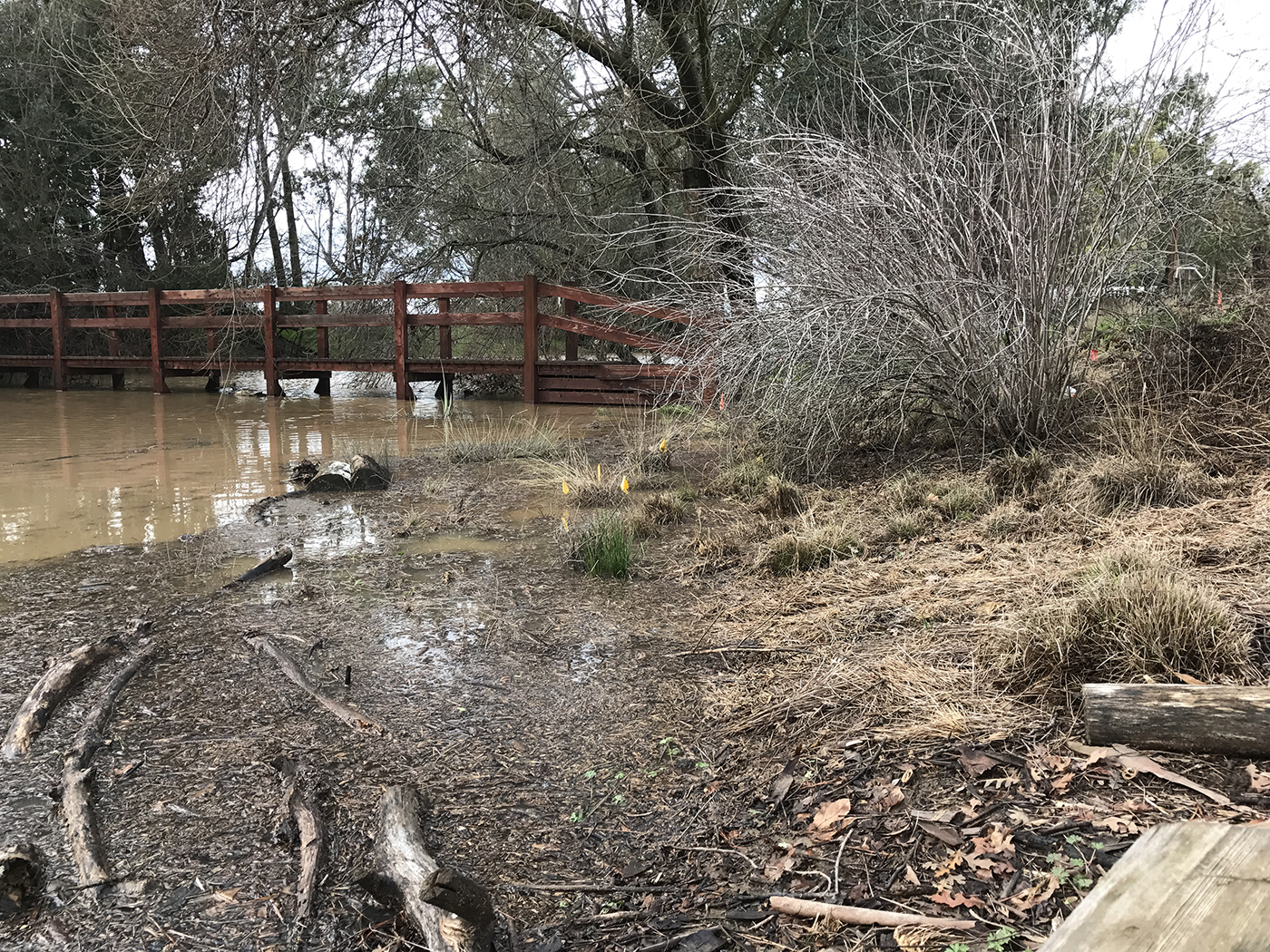
Welcoming Wildlife—Most of the Time
Winter here is brightened with the berries of red or yellow toyon (Heteromeles arbutifolia and H. arbutifolia ‘Davis Gold’) that attract cedar waxwings in large numbers. The snowberries (Symphoricarpos albus var. laevigatus) self–decorate with white fruit and provide a great cold season show. The quail love them. Beth has fun photographing the many interesting seeds and pods that persist and provide habitat and food sources. Leafless trees become a dominant feature in the garden and a variety of birds are more visible. Early in 2019 there was an abundance of red-breasted sapsuckers. Later that year when we started losing many Ceanothus we found major sapsucker damage. Our two favorites, a large Ceanothus ‘Ray Hartman’ and a presumed ’Louis Edmunds,’ were lost and we were devastated. We are often reminded that nature is in charge and we have to be flexible and adapt. Fourteen years is a reasonable life span for California lilacs in the Central Valley and though we still miss them, we are forced to accept changes and embrace the possibilities of the new space.
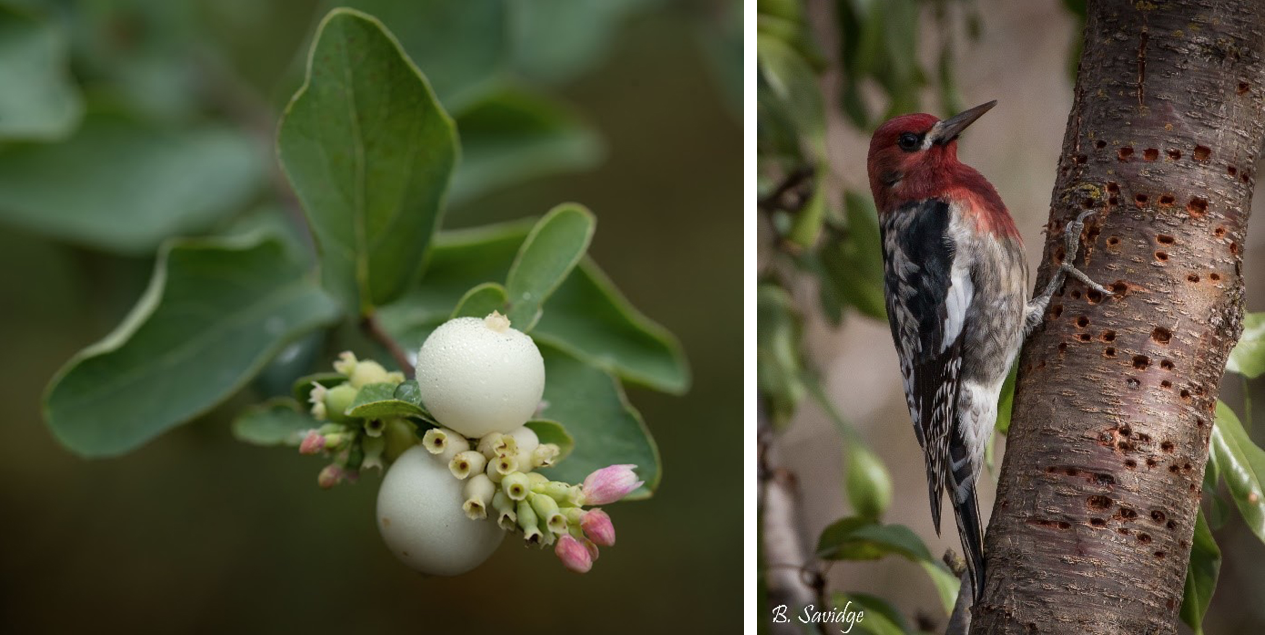
Right: Red-breasted sapsucker makes a ring of holes in trees, often killing them. Credit: Beth Savidge
Our valley grassland comes to life in the winter. The open sunny area is roughly 5,000 square feet and is an attempt to represent the plants that grow naturally in Central Valley prairies. There are various grasses, lots of geophytes, a few herbaceous perennials, and many annuals. The perennial and annual wildflowers emerge in winter with the promise of a great bloom—except for one problem. The creatures we seek to support become pests, driven by their hunger for winter greens—rats, mice, slugs, rabbits, squirrels, and birds dine at leisure. Germination is easy, but keeping plants protected is tricky since plants can’t grow fast enough to survive. The lupines seem to be the tastiest. Seeds are gobbled up in addition to greens, and the many feral turkeys do considerable damage, digging and looking for grubs. Winter can be a challenging time of year.
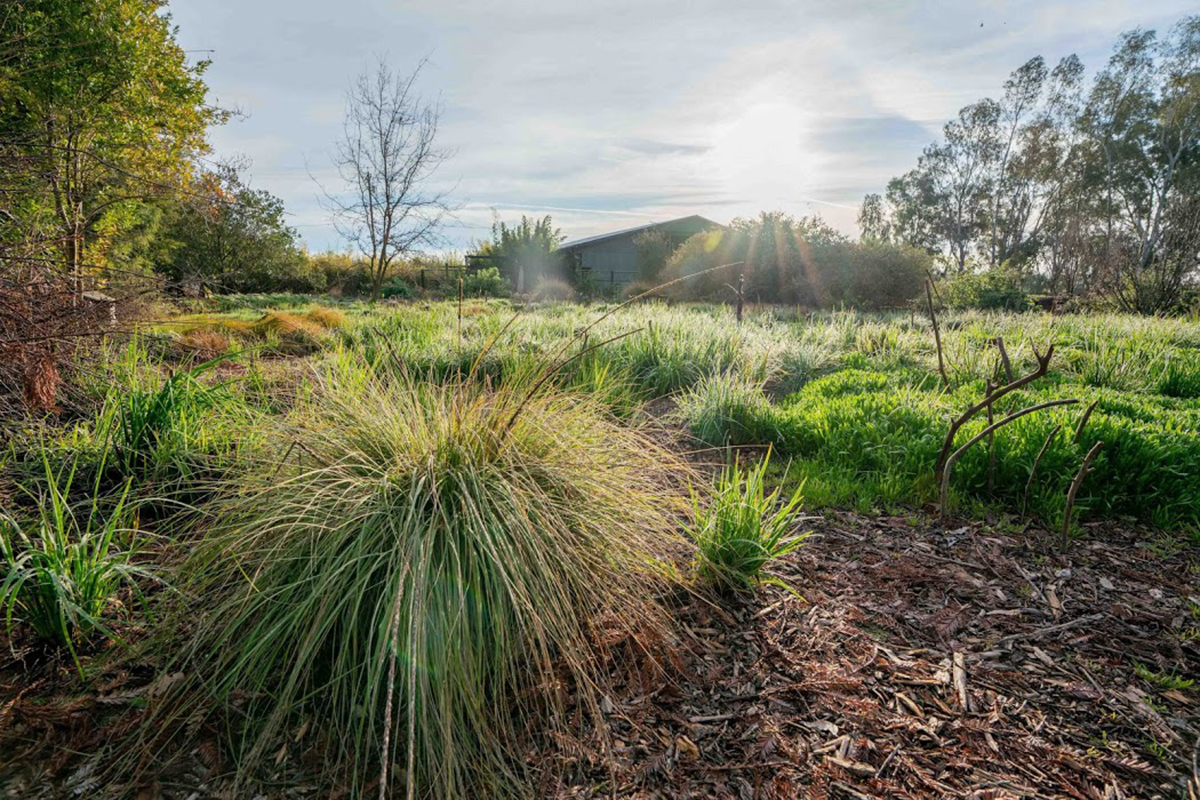
Over the years, we have tried all sorts of experiments to solve the problems of pest damage to seedlings and new plants. By varying the seeding times for annuals, we hope that an earlier sowing and adding irrigation will help plants grow large enough to survive some winter nibbling. In other situations, we have tried hiding seeds in mulch, brush piles, near logs and other plants. For the past ten years, a big patch of lacy phacelia (Phacelia tanacetifolia) has re-seeded from plants stomped to the ground in summer after bloom. Last spring, I hid lots of lupine and tidy tips seeds in with the lacy phacelia, hoping that they will help to hide the newly-added seeds and emerging seedlings. Timing is important because vigorous lacy phacelia might overwhelm and hinder germination of the other varieties.
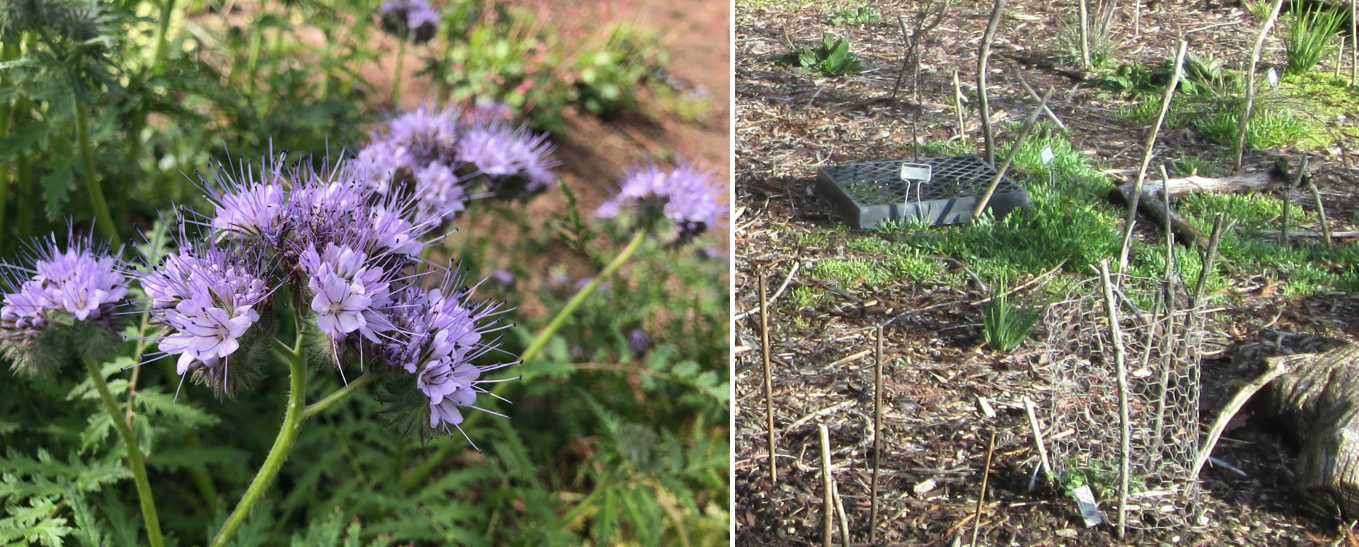
Right: Seedlings are protected by sticks, nursery trays and chicken wire cages. Credit: Patricia Carpenter
Tucking seeds or small plants under an established nurse plant seems to work sometimes, but use of pinned trays or cages and numerous sticks helps as well. Black nursery trays protect seedlings but stand out a bit too much. A second tray can be added to raise the level of protections and the two can be placed at an angle so as not to fit into one another. The trays are easily removed once the predation slows. Chicken wire cages work because they blend in well, perhaps too well, creating a tripping hazard. Using sticks to mark wire location solves that hazard. The sticks are also helpful to deter marauding turkeys, as they don’t like anything near their wattle and dig only up to the two-foot-tall sticks.
Another approach is to leave a few of the desirable and tender mallow weeds for the rabbits, but only in or near a path for easy monitoring and removal. Hopefully, the rabbits will eat the plentiful newly emerging cool season grasses instead of the wildflowers. We dislike using netting because removing it from seedlings can be difficult and snakes and birds get caught. A neighbor and I successfully rescued a kingsnake from netting but it was a sad experience. We know row covers work for protection as well, but we just hate the sea of white that distracts from the landscape Pat and I have tried to create. This is why we continue to experiment to find solutions that blend more with the natural setting. Some methods work one year but not the next; however, 2020 was a successful year and our first ever valley grassland super bloom.
Winter Garden Activities
Winter is a very busy time. We are mainly pruning and cutting back plants, making plant labels, updating records, and expanding plantings. And, of course, some weeding, made easier with moist soil. We always have a tray of sample seedlings for help with identification of the tiny desirable plants and to differentiate them from weeds. Winter is also our time to expand and is a perfect time to divide plants. Pat is an expert at dividing the native Iris ‘Canyon Snow’ and knows the perfect time is when the new shoots just start to push from the plant base. In the past few years, we have added plants in four new native areas, and mostly used the many divisions, naturally layered plants, seedlings and cuttings from established areas.
In a separate area across the county road (number 13 for this guerilla gardener) I have added a 150-foot strip of natives on both sides of the bicycle path. The area lacks an irrigation system and during establishment requires hauling water, which is hard work. We plant in early winter, hoping that the rains will help to establish the plants and only shrubs will need to be watered a couple times in the summer until they can survive without summer water. The past three winters more and more plants have been added to this exposed, windy and sunny area. A three-year-old sugarbush (Rhus ovata) is starting to form winter buds. Native to the southern part of the state, it is very drought tolerant and remained attractive this past summer with many days over 100° F and no additional water.
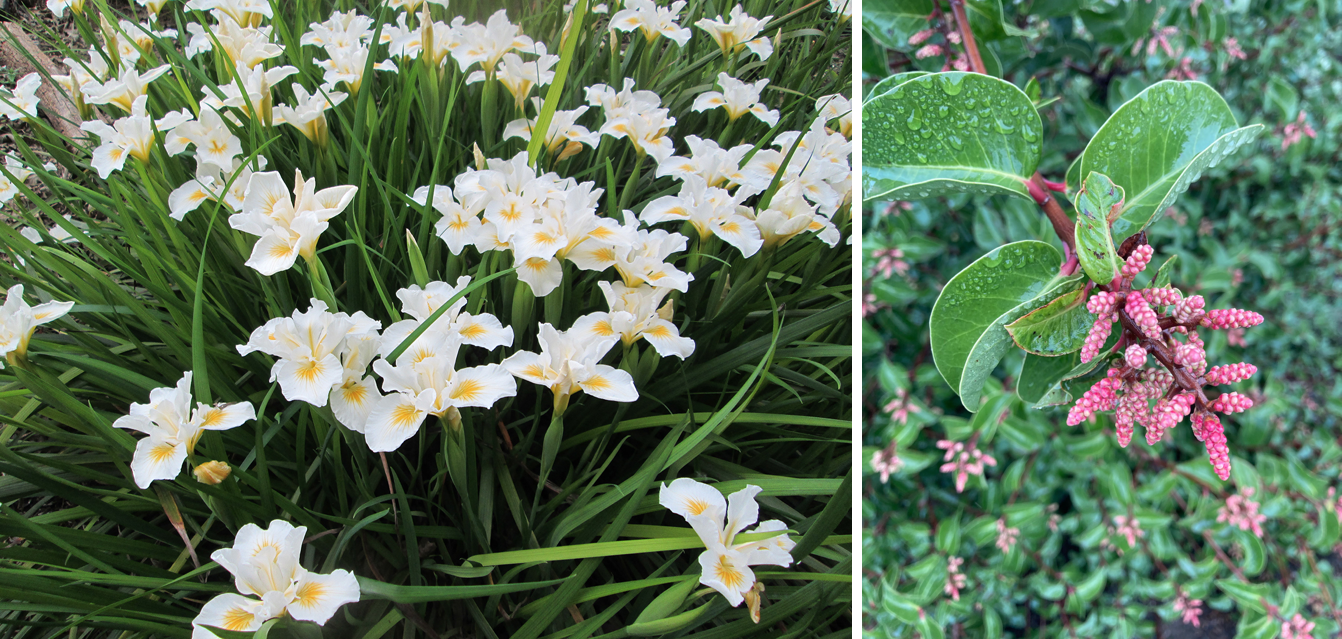
Right: The showy sugarbush (Rhus ovata) buds in winter. Credit: Patricia Carpenter
We celebrate all five seasons, although Pat can’t make up her mind which is her favorite. For the past two years I have been a California Native Plant Society garden ambassador, helping to promote native gardens. We host seasonal rambles, rain or shine, which are a glimpse of the native garden on a given day. These rambles are well attended and provide plenty of time to explore, eat lunch, and enjoy an optional orientation tour. Pat and I love to interact with other gardeners and share our successes and failures. People are also invited to visit the adjacent non-native garden, which always offers quite a contrast to the natives. January 2020 was our last winter seasonal ramble and most visitors were excited to return and see the native garden unfold in spring. The March early spring ramble was canceled due to the pandemic, as was the rest of 2020. Only a few of us enjoyed our valley grassland super bloom. But almost daily we remain thankful of how fortunate we are to enjoy and experience all the wonders of our wild refuge —and escape—on the slough.
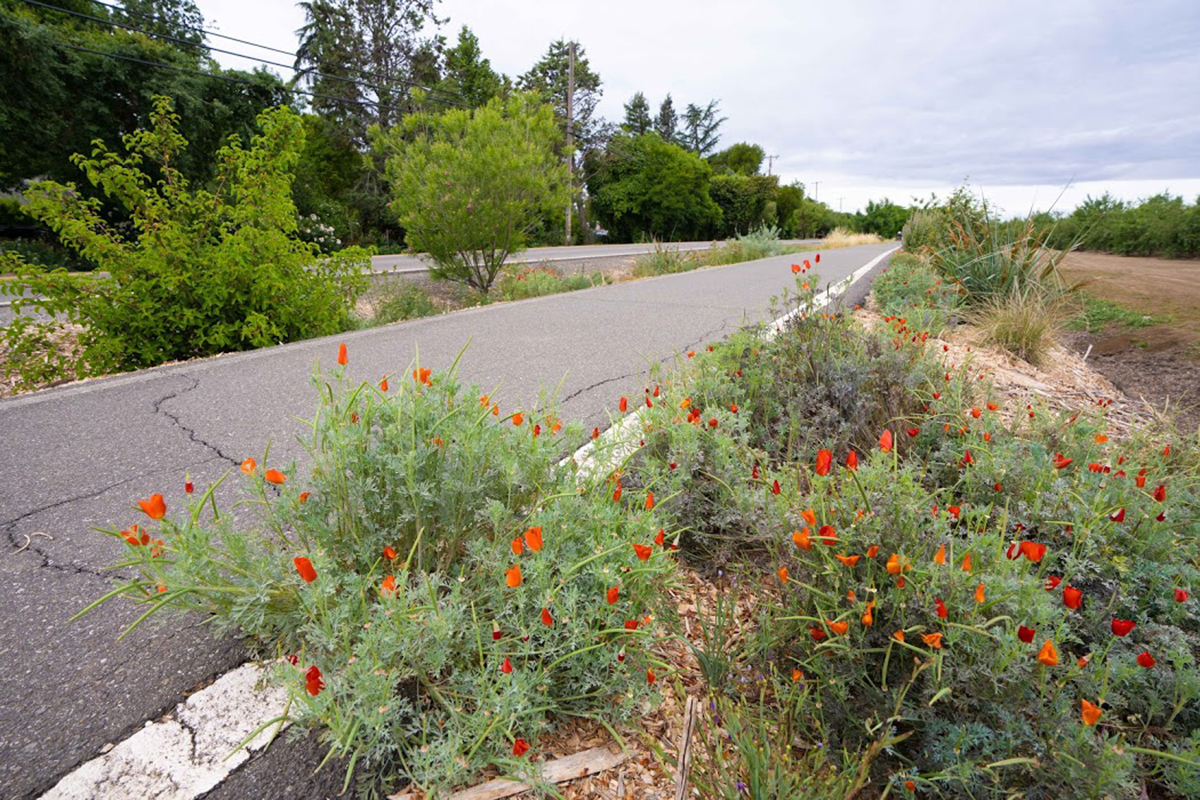
Links:
Beth Savidge public photo album of Patricia’s gardens
https://photos.app.goo.gl/A6zKmRdKPqr5AQb5A
California Native Plant Society Garden Ambassador profile of the Native garden
cnps.org/gardening/patricia-carpenters-davis-garden-2-12725
Share:
Social Media
Garden Futurist Podcast
Most Popular
Videos
Topics
Related Posts
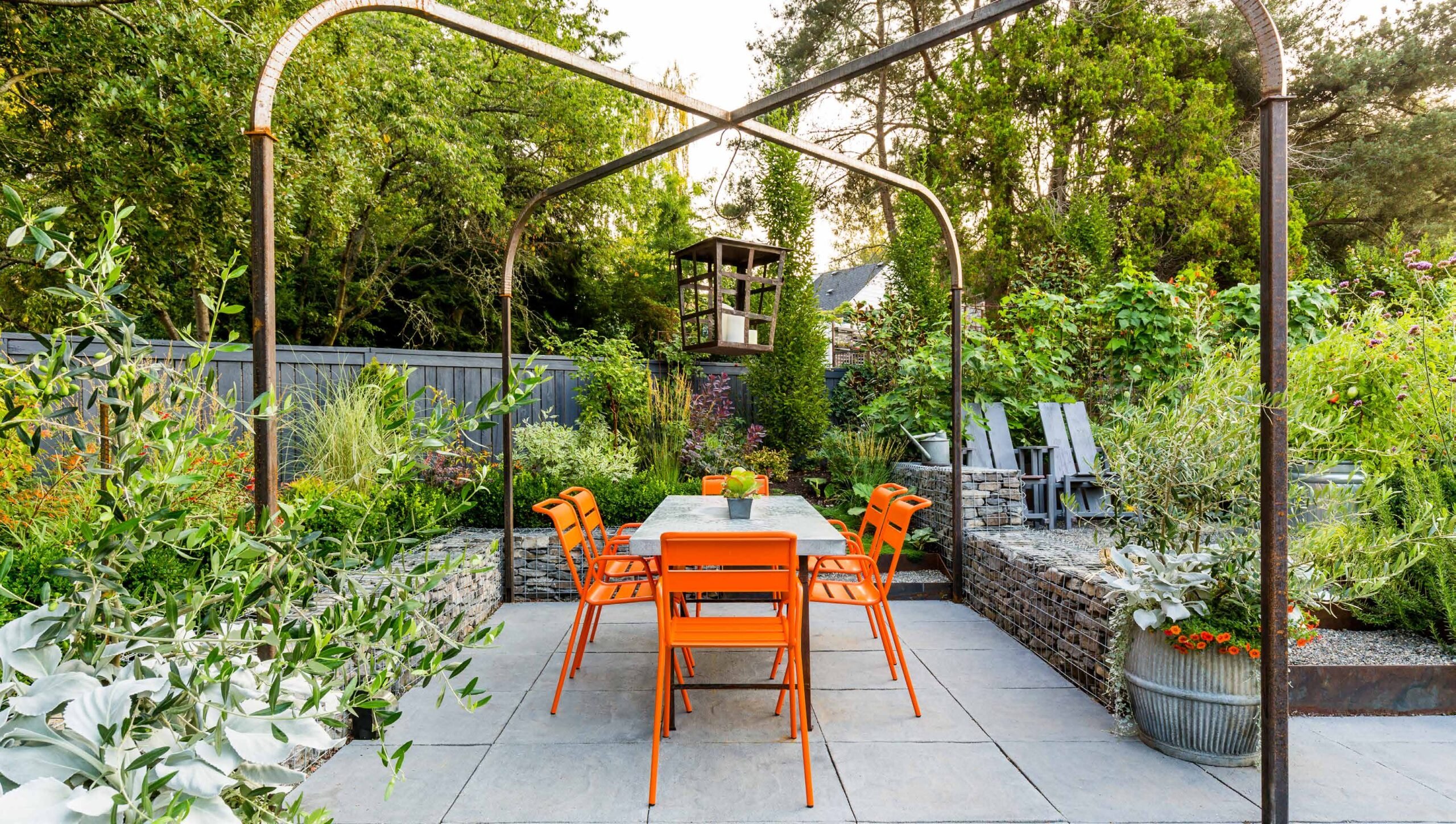
Design Futurist Award Announced: Committee Shares Vision
March 8, 2023 At Pacific Horticulture, we believe that beauty can be defined not only by gorgeous plants and design, but also by how gardens

Ground Up Science for Greener Cities with Garden Futurist Dr. Alessandro Ossola
Spring 2023 Listen to the Podcast here. Alessandro Ossola is a scientist who gets very excited about the challenge of climate change allowing for an

Readying Urban Forests for Climate Realities with Garden Futurist Dr. Greg McPherson
Winter 2023 Listen to the Podcast here. “Going from the mow and blow to a more horticulturally knowledgeable approach to maintaining the landscape. And that
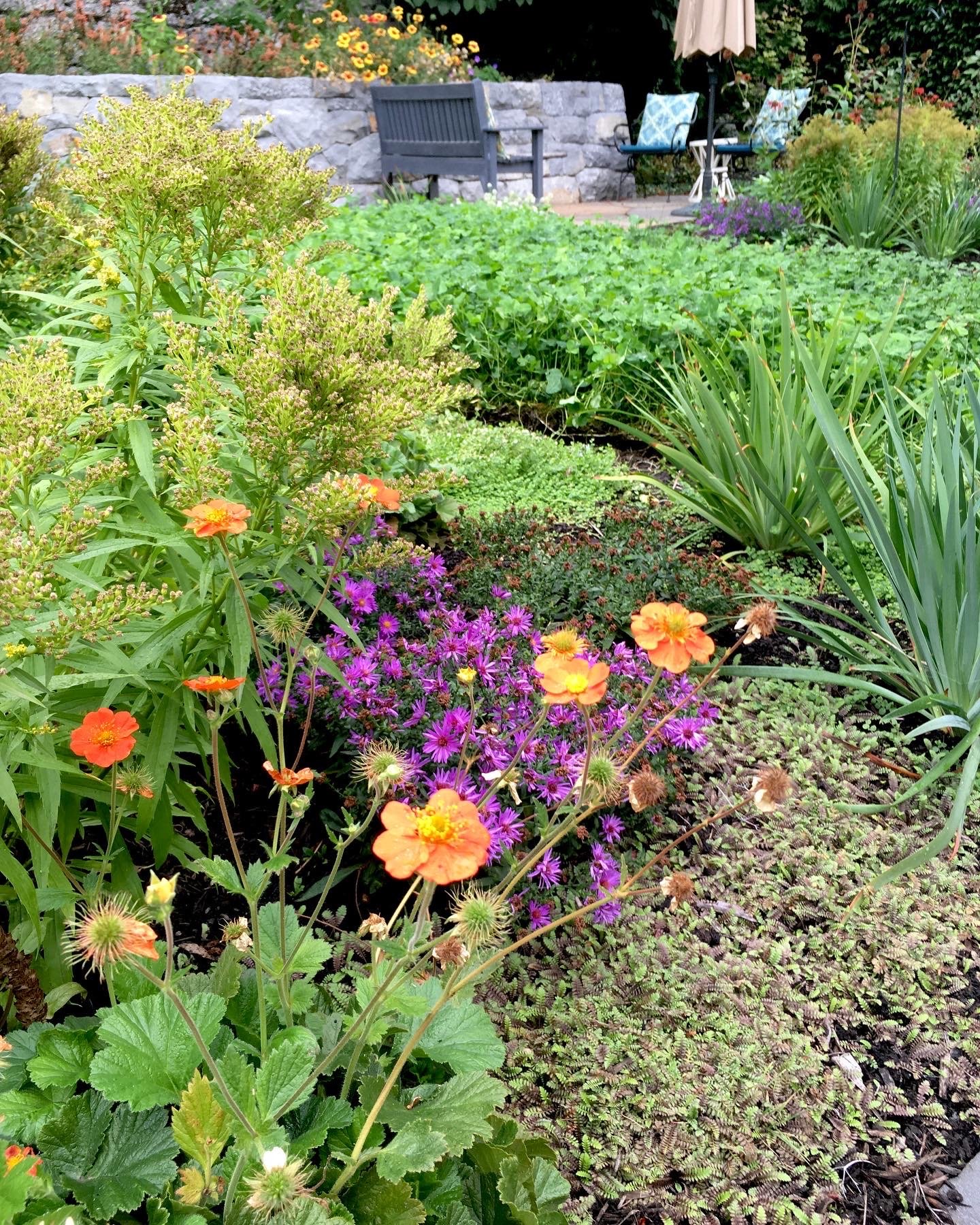
Nature Therapy from the Contemplative Garden
Winter 2022 Women’s hushed morning voices mingled with crashing waves and chattering crows. “The kettle’s still hot.” “Can you pass the honey?” Whoosh, crash, caw,












Responses